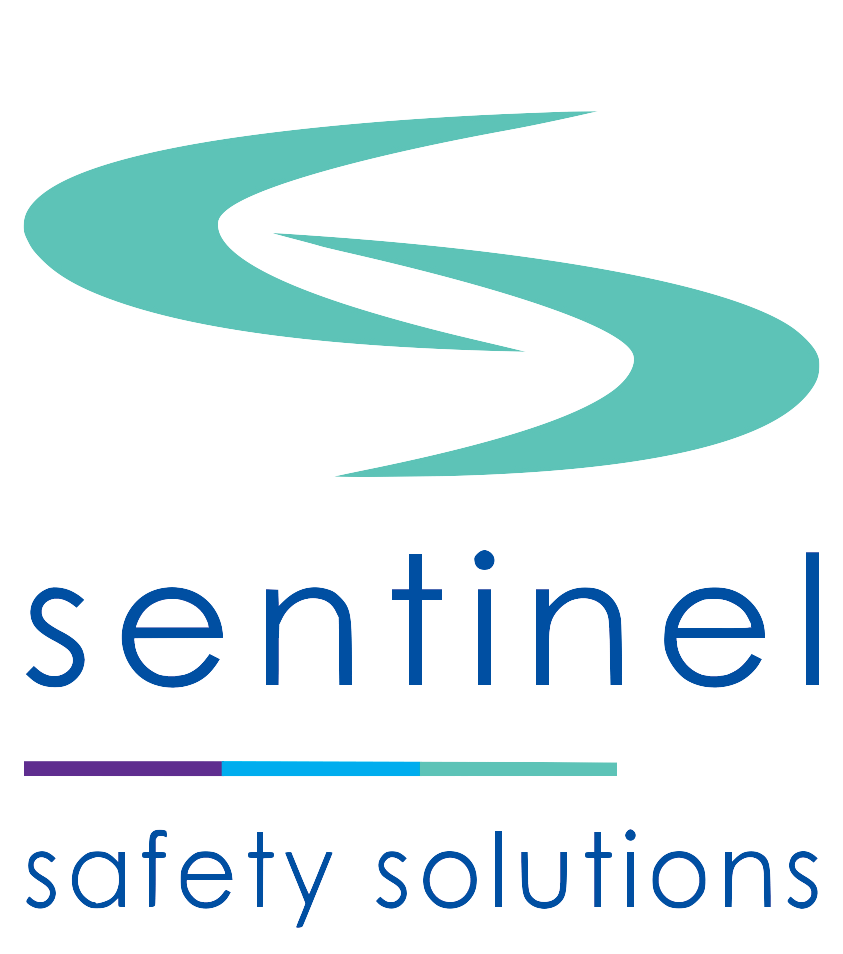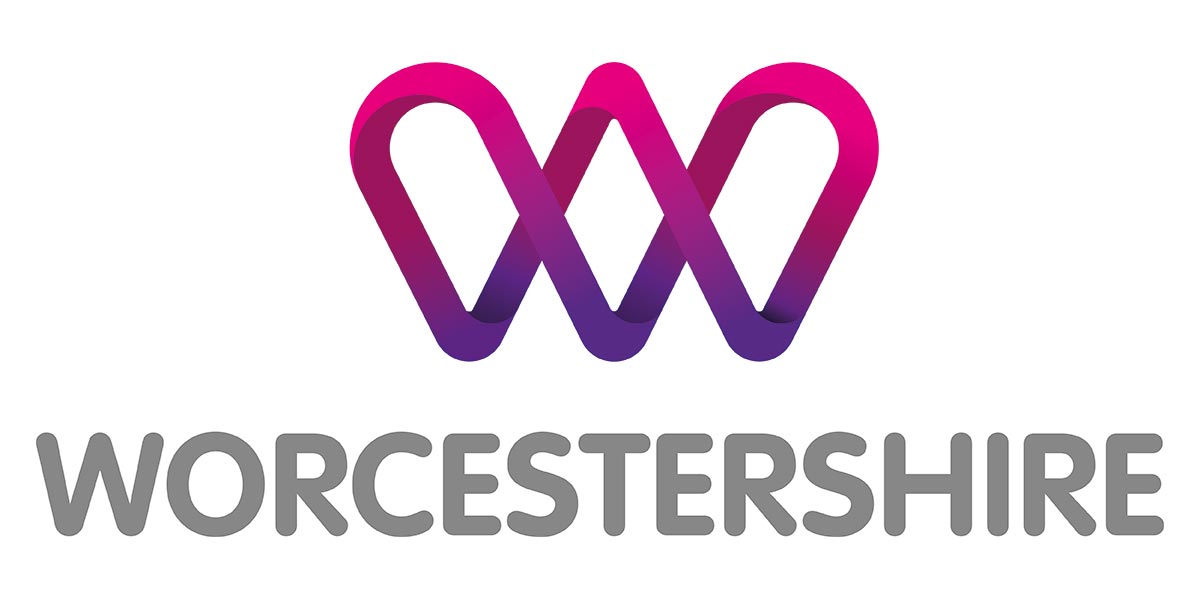5 top cleaning supplies that professional cleaners swear by
I have been around the cleaning industry since the mid 80’s as a young man. Back then, (when employment and health and safety laws were a little too relaxed!) I used to join my mum in her daily office cleaning jobs.
The legislation may have changed, mostly for the better. Having teenagers on commercial sites is not a good idea! But have the essential tools needed for a great clean really changed?
I would argue that physical cleaning hasn’t changed in its essence over the last 40 years. The products and equipment that are my go-to as a professional cleaner are what my mum would recommend all those years ago.
So, if you want a clean and hygienic environment in your work premises, or even domestically, these are my top 5 cleaning supplies that will give you the tool kit you need for a brilliant clean.
1. A good detergent
There are so many products on the market and we do use different ones in different environments. We do have sustainability at the forefront of our minds and aim to use eco-friendly products when we can. Screen disinfectant, has been my commercial go to for some years. It’s fully biodegradable anti-fungal, anti-virucidal and anti-bacterial. This was extremely helpful in the pandemic, as it is compliant to both BS EN 1276 and BS EN 14476, two regulations that need to be met for a cleaning product to be classed as truly anti-virucidal and capable of killing the SARS-CoV-2 virus. We would use this diluted in spray bottles.
But, as long as you have access to hot water, even a mild detergent such as washing up liquid will give you outstanding results for most surfaces. As a rule of thumb, you need 5ml of detergent per 5 litres of water for most surfaces.
2. Colour-coded cloths
This is a must in commercial cleaning (and I think in domestic settings too) to adhere to best practice. Colour-coding your cloths reduces the chance of cross-contamination. Areas are grouped according to use and a colour cloth assigned to that category. For example, all the toilet and washroom areas would be red, with only red cloths allowed. Red cloths would not be allowed in the kitchen. This means that there is very little chance of microbes being accidentally transferred from the toilet facilities to kitchen worksurfaces during a cleaning session.
The clothes we used back in the 80s were cotton dishcloths with coloured edging. We would now use microfibre cloths in different colours to suit the areas.
(In case you’re interested, there is an ongoing debate which we’re monitoring at the moment, about which material is better for the environment. There seen to be are pros and cons to each)
Both materials are versatile enough to handle cleaning different surfaces and are good for damp and dry wiping.
3. A sturdy mop and bucket.
These items are inseparable, and I always view them as one. At Cleaning Technique we are traditional and use string type mops alongside a bucket with a ringer. There is a specific technique to floor mopping, a bucket with a ringer enables you to adjust the amount of water on the floor and a string mop gives you a better coverage than any other mop for large areas of hard flooring.
4. A vacuum with good suction
In the main we have always used numatic vacuums, the suction is far superior to that of other vacuums.
It’s maneuverability and adaptability are perfect for all different carpeted and hard flooring areas, from edges, to staircases and large areas of carpet.
The most recent models are easy to carry, come with differing cleaning tools and are energy efficient. Sean loves the Henry commercial vacuum cleaner NRV240-11. It suits commercial cleaning as it has a longer cable and a stronger drum.
5. Elbow grease
I don’t mean the recently named range of cleaning products, I refer to the French idiom of hard manual work. You don’t complete a cleaning regime without some effort. Stubborn areas of dirt on surfaces and flooring require pressure through your arms and hands. Think of it as an aid to your keep-fit regime!
So, remember…
To reduce cross-contamination, colour-code your premises and only use the colour cloths assigned to them. Washing-up liquid and string mops are a must, and aim to buy a nematic vacuum. Combined with hard work, you will be cleaning as well as a professional.



